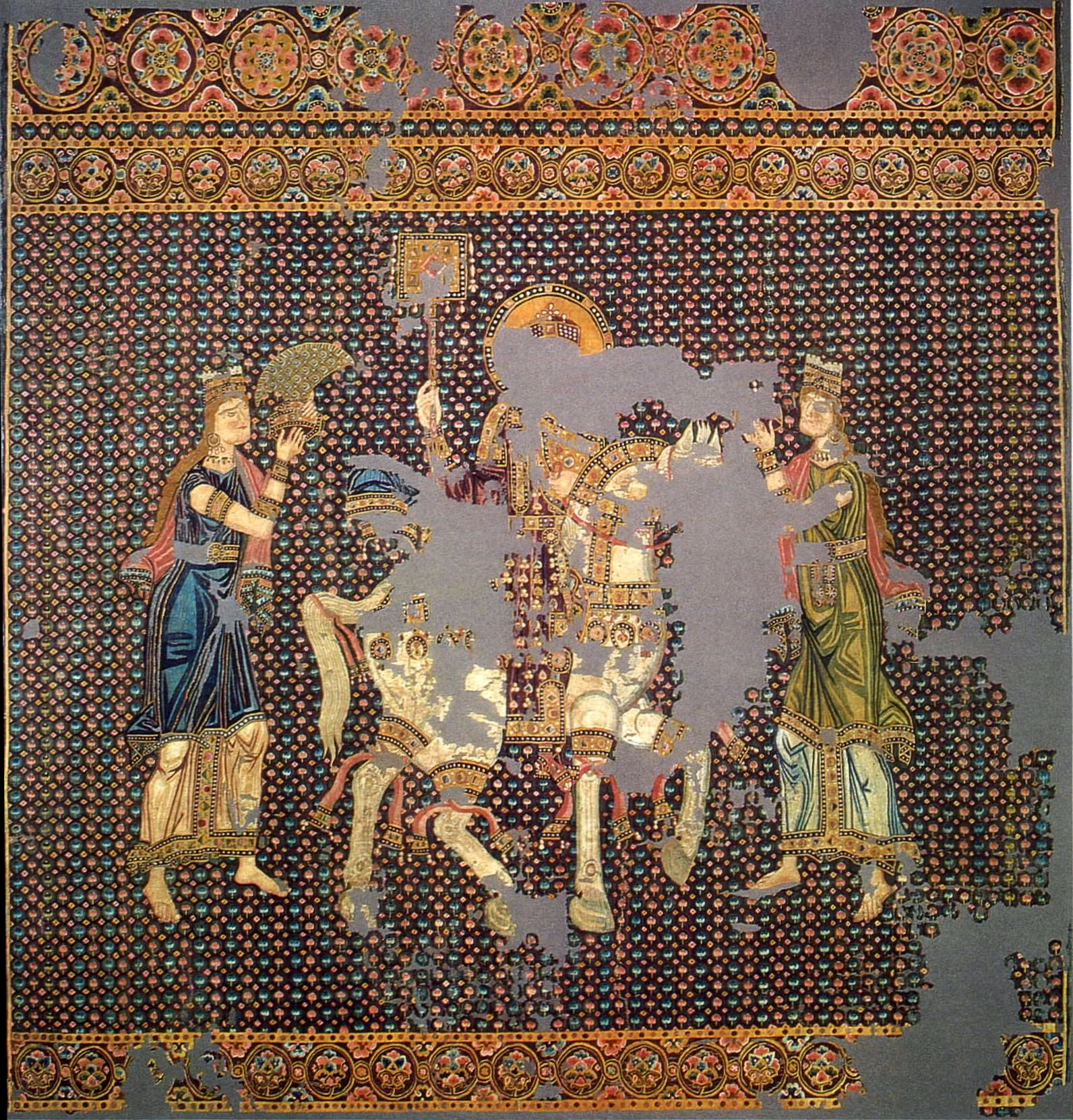Toupha on:
[Wikipedia]
[Google]
[Amazon]
 The toupha or toufa (, ''toûpha'' or τουφίον, ''touphíon'') is a kind of ornamental crest or head-dress with a plumage of the feathers, hair or bristles of exotic animals, worn in
The toupha or toufa (, ''toûpha'' or τουφίον, ''touphíon'') is a kind of ornamental crest or head-dress with a plumage of the feathers, hair or bristles of exotic animals, worn in
 The toupha or toufa (, ''toûpha'' or τουφίον, ''touphíon'') is a kind of ornamental crest or head-dress with a plumage of the feathers, hair or bristles of exotic animals, worn in
The toupha or toufa (, ''toûpha'' or τουφίον, ''touphíon'') is a kind of ornamental crest or head-dress with a plumage of the feathers, hair or bristles of exotic animals, worn in classical antiquity
Classical antiquity, also known as the classical era, classical period, classical age, or simply antiquity, is the period of cultural History of Europe, European history between the 8th century BC and the 5th century AD comprising the inter ...
as a triumphal decoration. In surviving depictions, it is most often seen on military helmets and emperors' crowns.
One of the most famous touphas is that which surmounted the crown or helmet of the bronze equestrian statue of the emperor Justinian I
Justinian I (, ; 48214 November 565), also known as Justinian the Great, was Roman emperor from 527 to 565.
His reign was marked by the ambitious but only partly realized ''renovatio imperii'', or "restoration of the Empire". This ambition was ...
atop the column of Justinian
The Column of Justinian was a Roman triumphal column erected in Constantinople by the Byzantine emperor Justinian I in honour of his victories in 543. It stood in the western side of the great square of the Augustaeum, between the Hagia Sophia a ...
, erected by said emperor, which stood in the Augustaion
The ''Augustaion'' () or, in Latin, ''Augustaeum'', was an important ceremonial square in ancient and medieval Constantinople (modern Istanbul, Turkey), roughly corresponding to the modern ''Aya Sofya Meydanı'' ( Turkish, "Hagia Sophia Square"). ...
square of Constantinople
Constantinople (#Names of Constantinople, see other names) was a historical city located on the Bosporus that served as the capital of the Roman Empire, Roman, Byzantine Empire, Byzantine, Latin Empire, Latin, and Ottoman Empire, Ottoman empire ...
. The toupha was made of gilded bronze, with a design of peacock-feathers. It is known primarily from a life-drawing of the statue made in the 15th century; the entire monument was later demolished. Particularly imposing in size, the head-dress fell from the statue in the 9th century and was remounted by an acrobat. A rope was stretched between the roof of Hagia Sophia
Hagia Sophia (; ; ; ; ), officially the Hagia Sophia Grand Mosque (; ), is a mosque and former Church (building), church serving as a major cultural and historical site in Istanbul, Turkey. The last of three church buildings to be successively ...
and the summit of the column, by means of an arrow. Along this line, one could tightrope-walk to the statue. The notable aristocrat Theophilos Palaiologos
Theophilos Palaiologos (; died 1453) was the cousin of emperor Constantine XI Palaiologos, or was at the very least of the Palaiologos family. Theophilos commanded Byzantine troops during the Fall of Constantinople. Known as a grammarist, humani ...
rewarded the tightrope-walker with 100 gold nomisma
''Nomisma'' () was the ancient Greek word for "money" and is derived from nomos () meaning "'anything assigned,' 'a usage,' 'custom,' 'law,' 'ordinance,' or 'that which is a habitual practice.'"The King James Version New Testament Greek Lexicon; ...
ta for this exploit.
In colloquial language, ''toupha'' or ''typha'' came to mean a "tiara
A tiara (, ) is a head ornament adorned with jewels. Its origins date back to ancient Greco-Roman world. In the late 18th century, the tiara came into fashion in Europe as a prestigious piece of jewelry to be worn by women at formal occasions ...
", and the 12th-century historian, Joannes Zonaras
Joannes or John Zonaras ( ; 1070 – 1140) was a Byzantine Roman historian, chronicler and theologian who lived in Constantinople (modern-day Istanbul, Turkey). Under Emperor Alexios I Komnenos he held the offices of head justice and private s ...
, even records that a verb, ''typhoomai'' ("to be filled with extreme arrogance"), was derived from it.
See also
* *War bonnet
file:Native American PowWow 9488.jpg, A modern-day Cheyenne Dog Soldiers, dog soldier wearing a feathered headdress during a pow wow at the Indian Summer festival in Henry Maier Festival Park, Milwaukee, Wisconsin. 2008
War bonnets (also called ...
Bibliography
*Boeck, Elena. ''The Bronze Horseman of Justinian in Constantinople.'' Cambridge: Cambridge University Press, 2021. *Lehman, Phyllis Williams. "Theodosius of Justinian?: A Renaissance Drawing of a Byzantine Rider." In ''The Art Bulletin,'' vol. 41, no. 1 (1959): 39-57 *''Toupha'', vol. 3, page 2100, ofAlexander Kazhdan
Alexander Petrovich Kazhdan (; 3 September 1922 – 29 May 1997) was a Soviet and American Byzantinist. Among his publications was the three-volume ''Oxford Dictionary of Byzantium'', a comprehensive encyclopedic work containing over than 5,000 ...
(ed.), Oxford Dictionary of Byzantium
The ''Oxford Dictionary of Byzantium'' (ODB) is a three-volume historical dictionary published by the English Oxford University Press. With more than 5,000 entries, it contains comprehensive information in English on topics relating to the Byzan ...
, 3 vols., Oxford University Press, 1991 ()
References
Byzantine regalia Crowns (headgear) Featherwork {{Byzantine-stub